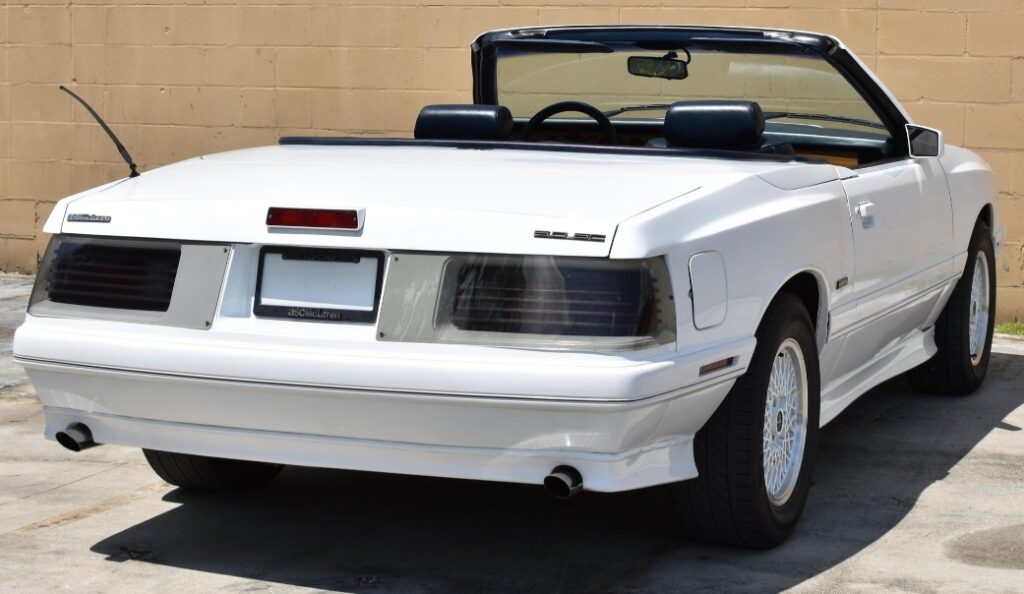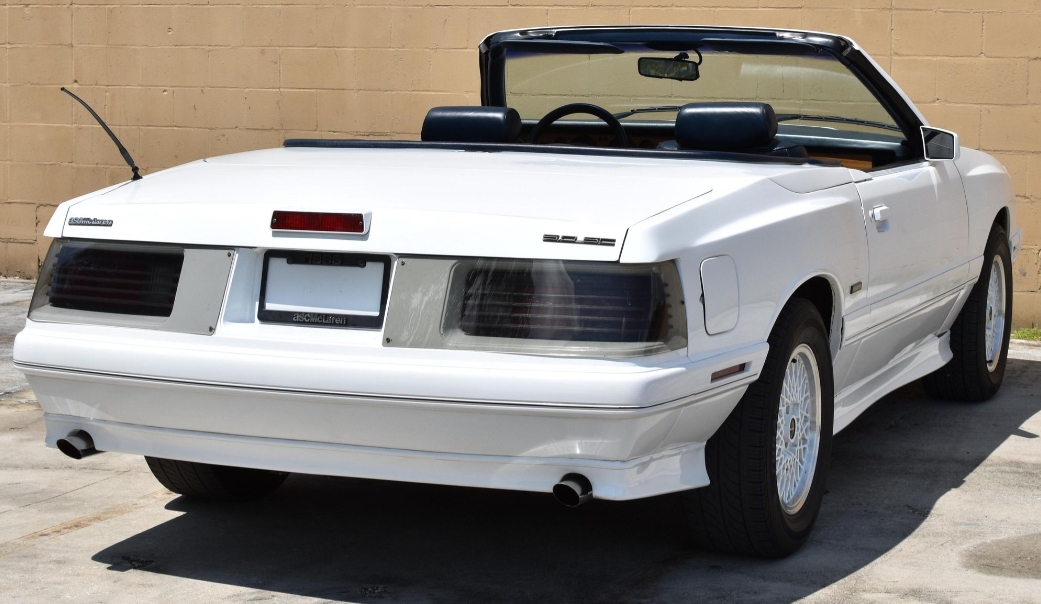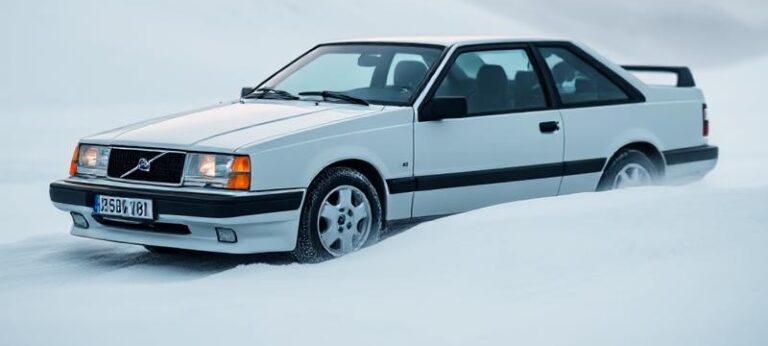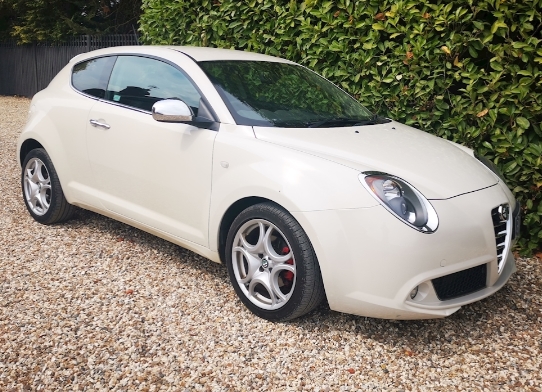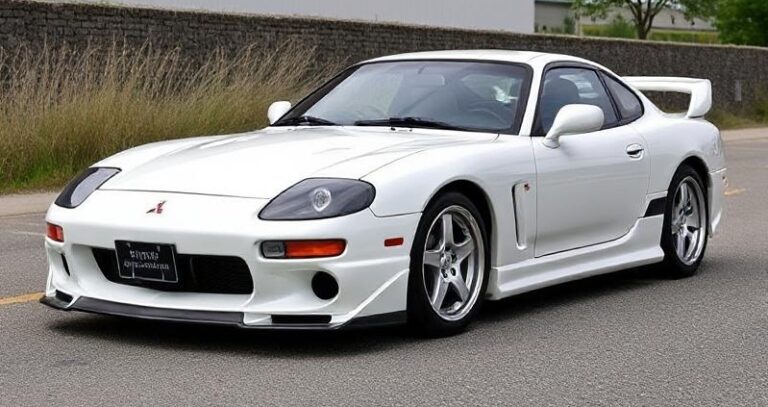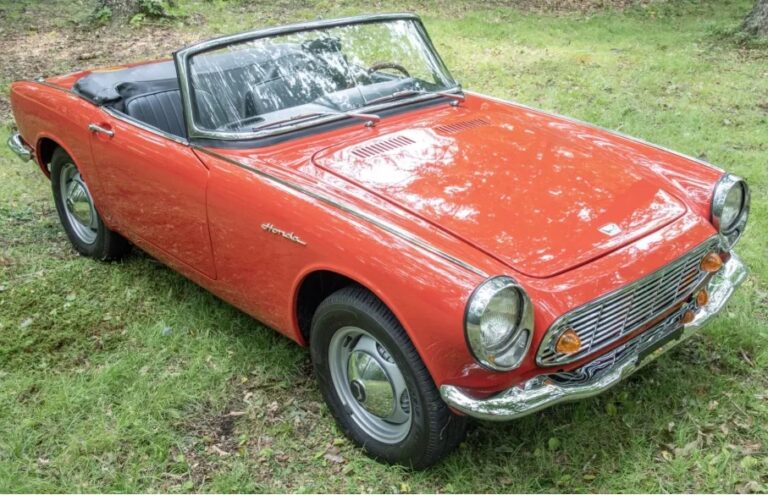The Evolution of the Mercury Capri: A Comprehensive Overview
The Mercury Capri, a compact coupe and later a sporty convertible, was a model that went through notable transformations from its inception in the early 1970s until its discontinuation in the early 1990s. This article delves into the evolution of the Mercury Capri, exploring its various models, trim levels, and the socio-historical context surrounding its production.
The First Generation (1970-1977)
The Mercury Capri was introduced in the United States in 1970, produced until 1977. This first-generation model was designed to appeal to the growing demand for compact and sporty vehicles in the American market, largely influenced by the European market.
Model Overview:
- 1970-1972: The earliest versions of the Capri were closely related to the European Ford Capri, known for its sporty styling and relatively compact dimensions. The original Capri was available as a two-door coupe and came equipped with a range of engines, including a 1.6-liter I4 and a 2.0-liter I4, with power outputs ranging from approximately 80-95 horsepower.
- 1973-1974: The Capri received a facelift with more aggressive styling and added safety features to meet the new regulations of the time, such as reinforced bumpers. Engine options ranged from a 2.0-liter I4 to a 2.8-liter V6, showcasing an increase in power and performance.
- 1975-1977: The final production years of the first generation brought further changes, including the introduction of a new suspension and improved handling dynamics.
Trim Levels:
The early models offered relatively simple trim distinctions, mainly focused on engine options. Key package variants included the basic model and the sport-oriented package, which added more performance-oriented features.
The Second Generation (1979-1986)
1980 marked the beginning of the second generation of the Mercury Capri, reflecting changing trends in consumer preferences towards more affordable sports cars amidst the oil crisis. This model was based on the Ford Fox platform, which would see extensive use across various Ford and Mercury models.
Model Overview:
- 1979-1982: The new Capri was available in coupe and later hatchback forms. Initial offerings included the Capri II with a 2.3-liter inline-four engine and a 2.8-liter V6. The performance-oriented “Capri RS” model was introduced later in this era.
- 1983-1986: The mid-1980s saw the introduction of the Capri 2.3 Turbo, which appealed to performance enthusiasts looking for a fun-to-drive compact vehicle. Notably, the combination of turbocharging and a lightweight chassis made the Capri quite competitive in its class.
Trim Levels:
Throughout this generation, trim levels evolved but remained relatively simple. Models included the base “Capri”, “Capri RS,” and “Capri Turbo.” The Capri RS, in particular, was designed to be sportier, featuring upgraded suspension and processable performance enhancements over the base model.
.
The Detroit Michigan Car Culture is like no other. Plenty of gearheads with their own versions of hot rods, muscle cars, classic autos, and pretty much you name it. If it’s got 4 wheels, you’ll likely see it at one of the many car shows.
.
The Third Generation (1989-1994)
With the redesign in 1989, the Mercury Capri was on a separate trajectory from the previous generations. This third generation shifted to a more modern design and a focus on providing an open-top driving experience.
Model Overview:
- 1989-1991: The new Capri was presented as a sporty convertible, designed by the Ford Motor Company in collaboration with Australian Ford. Initially launched in a more basic open-top format, the Capri was praised for its solid construction and sporty image.
- 1992-1994: The final years saw the introduction of some refinements, including updated trim levels and engine options, such as a 1.6-liter I4 engine for base models and a V6 option for sportier builds.
Trim Levels:
The third generation of the Capri saw a more structured trim level approach. Notable examples included:
- Base Model: Focused on affordability with the core features needed for basic driving.
- LX: Improved features, such as enhanced styling accessories and additional comfort.
- XR2: A sport-oriented version that came with performance upgrades and styling enhancements, aimed at driving enthusiasts.
Legacy and Influence
Although the Mercury Capri enjoyed a respectable production run, it also faced challenges that ultimately led to its discontinuation. Changing consumer preferences towards larger SUVs in the 1990s and fierce competition in the compact market meant that the Capri’s niche was gradually eclipsed. The last model rolled off the assembly line in 1994, marking the end of an era.
Today, the Mercury Capri is often viewed as a cult classic among car enthusiasts, especially among those who appreciate its quirky design and sporty lineage. The models have garnered a loyal following and are occasionally celebrated at classic car shows, representing an iconic blend of American and European influences.
Conclusion
The Mercury Capri holds a distinctive place in automotive history as a vehicle that reflected the evolving trends of its time. From its origins as a compact coupe inspired by European styling to a sporty convertible that capitalized on the rising interest in performance and open-top driving, the Capri adapted to meet the needs of consumers across three generations.
Its various trims and models catered to a wide audience, echoing the shifting demands of the automotive landscape throughout its production years. Whether viewed as a nostalgic piece of history or a curious collectible today, the Mercury Capri’s spirited ride and unique character leave an enduring legacy that continues to be appreciated by car lovers and enthusiasts alike.
